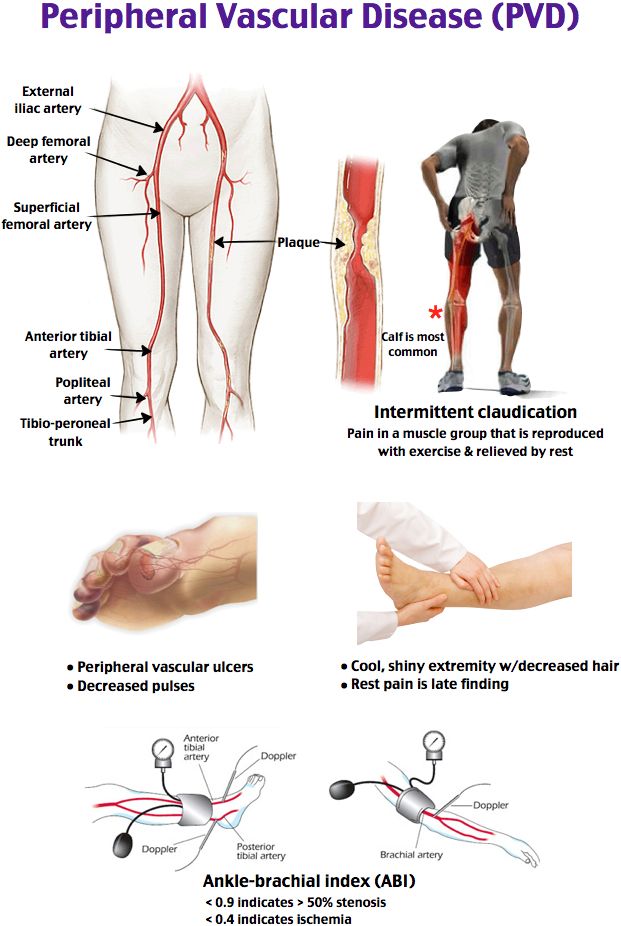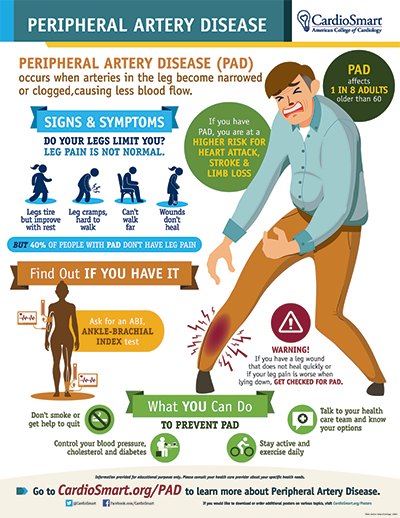
Vascular disease is any ailment that affects the cardiovascular system, including peripheral arterial disease, which is a broad term that refers to a group of conditions that affect the walls of your arteries, including coronary artery disease and its more severe cousin, peripheral arterial disease (PAD). You may have had or will have at some point in your life experienced any of these diseases, and you are entitled to receive free vascular ultrasound treatment from your local vascular specialist.
The word ‘arterial disease’ suggests that these vessels are responsible for transporting blood to all the parts of your body, but this is not necessarily true. As the name suggests, arterioles transport the blood to your extremities and brain, but arteries also supply your organs with oxygen and other fluids, especially your kidneys. This is why it’s so important that vascular specialists check out all of their patients and make sure that the disease has not spread into the heart, lungs, or brain. They can also make sure that there are no other serious conditions which may be behind the development of the disease.
Arterioles are very thin blood vessels that supply the upper part of your body with the oxygen it needs to survive. Arterioles are the ones that supply your arteries to the internal veins and arteries of your arms, legs, hands, face, and feet, and are situated between the spine, and the muscles of your torso.
Because arteries supply blood to the various organs in your body, they also form part of your arterial wall. As these blood vessels become narrowed, the flow of blood is affected, and symptoms and signs may be experienced. These include pain in the neck, shoulders, chest, back, and/or abdomen, and numbness in the extremities, including your hands and feet.

The arterial walls are made up of three layers of tissue: the innermost layer is the endocardium, which are thick and spongy; the outermost layer is the arterial wall; and the last layer is the arteriole. a, which is thin and narrow and is composed of the arterioles. One of the most common and deadly forms of this disease is coronary artery disease (CAD). CAD affects approximately forty percent of people living with coronary heart disease today. The disease is caused by clogging and hardening of the coronary arteries, resulting in a buildup of fatty deposits in the walls of the arteries. The buildup of these deposits can result in hardening of the arteries, which will lead to a clogging of the arteries, a hardening of your arteries, and eventually to atherosclerosis.
In addition, it is also a risk factor for heart attack, stroke, and cardiac arrhythmias. Another type of vascular disease that can be present with coronary artery disease is myocardial infarction (MI), which is caused by blockage or inflammation of the arteries, causing them to weaken. Another form is peripheral arterial disease, which occurs as a result of atherosclerosis.
Apart from these conditions, angina is another symptom of this condition and usually occurs when you experience sudden chest pain, regardless of the source. Angina is caused by a blockage in the arteries of the chest, causing it to constrict and become painful. Symptoms of angina pectoris include shortness of breath, dizziness or dizziness, heartburn, chest tightness, fatigue, nausea, and vomiting. Angina pectoris can also cause heart palpitations.
To prevent the occurrence of vascular disease, you need to be vigilant and check your body for symptoms and signs. When looking at the warning signs, there are several factors to consider that can point you in the right direction for effective vascular disease treatment. There are many treatment options for coronary artery disease, but it is important to understand what you are dealing with and how to deal with it so you can lead a healthier life.
Angina is treatable. Most people with angina should check with their doctor first, as it can be a symptom of a more serious medical condition, such as a heart attack. In addition, you should always be on the lookout for symptoms and signs so that you can seek treatment immediately if you develop any angina symptoms. Other causes of angina may be pregnancy, diabetes, pregnancy, pregnancy, and cardiovascular disease.
These symptoms may mean that you need to be hospitalized or that your condition may lead to a more serious condition. If you experience any of these symptoms, you should always see your doctor, even if they occur after an examination.